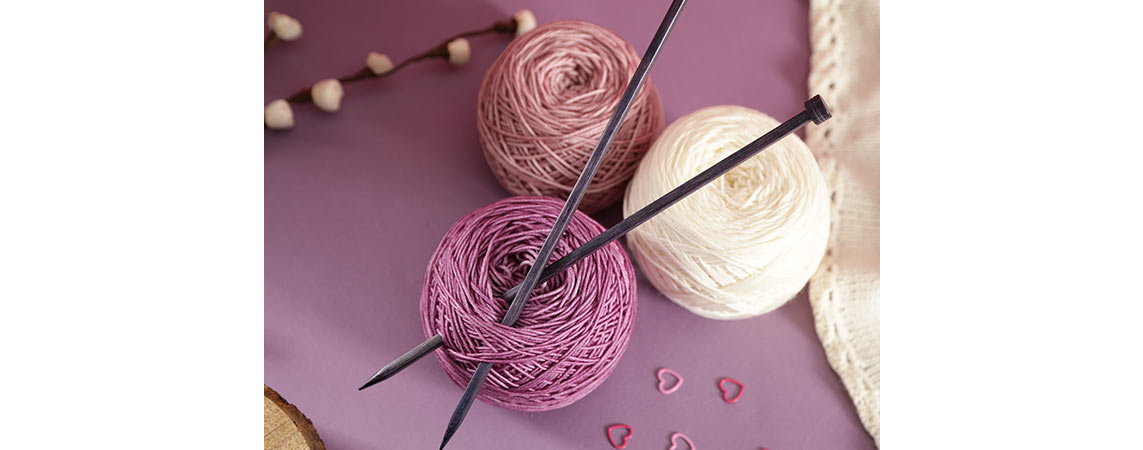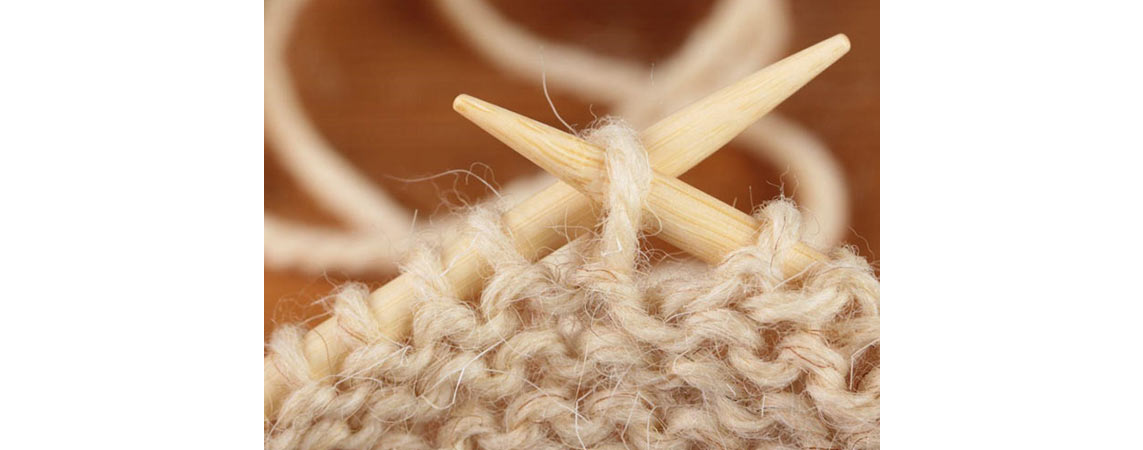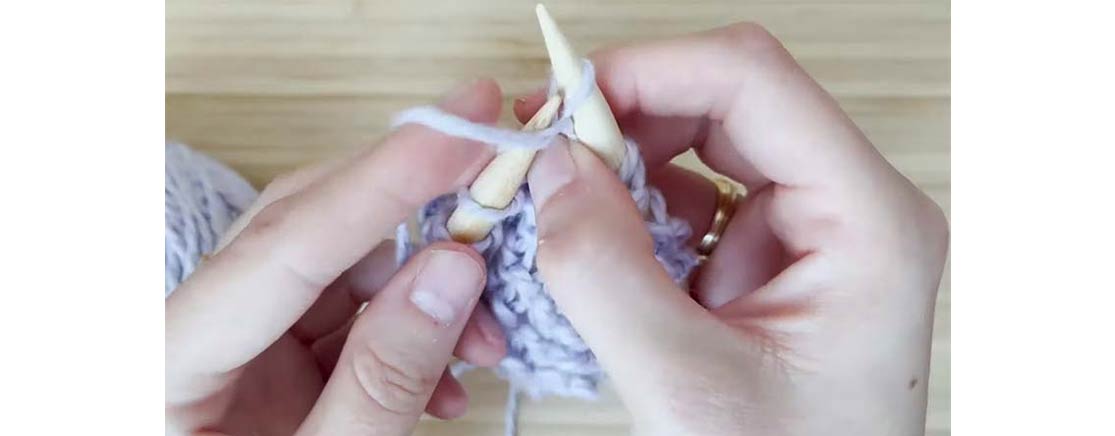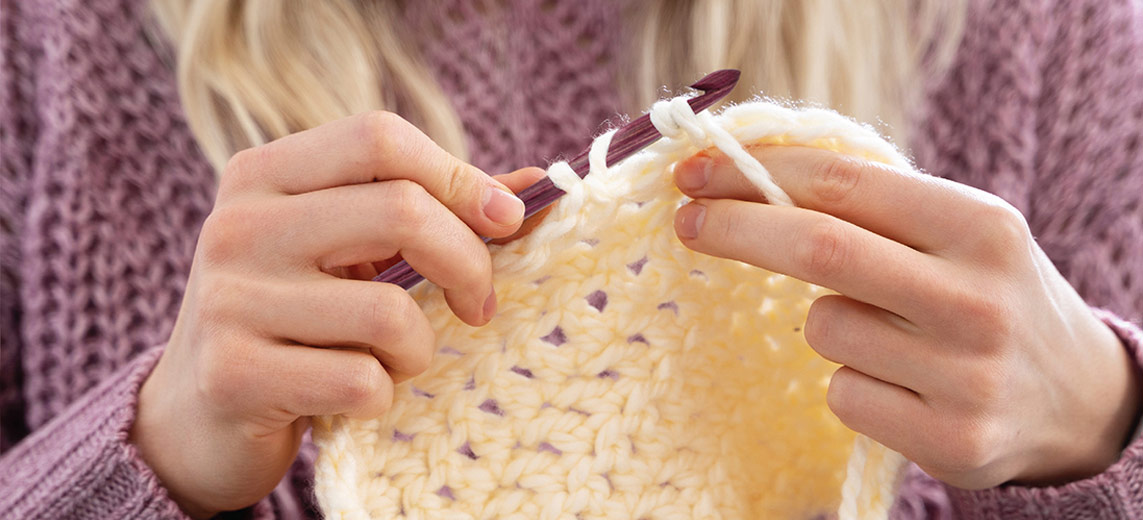When knitting, creating neat edges is crucial to achieving a polished and professional finish. Neat edges intensify the overall look of your knitted projects and provide constitutional perfection. However, achieving neat and clean edges requires attention to detail and employing the proper techniques. If you are a beginner or expert in knitting, learning to knit fine edges is valuable. In this blog post, we will explore some practical tips and tricks to help you master knitting neat edges with confidence.

Choose the Accurate Cast-On Method
The first step in ensuring neat edges is selecting an appropriate cast-on method. Different cast-on techniques give different results. Consider using the knitted cast-on or the long-tail cast-on method for a smooth and even trim. These methods create a firm yet flexible foundation that prevents the edge from appearing loose or uneven.
Slip the First Stitch
A simple but effective technique for achieving neat edges is slipping the first stitch of every row. You create a clean, straight edge by passing the first stitch purlwise (if you're working in the knit stitch). This technique forms a defined and clear border that is easy to pick up for seaming or finishing your project. Remember to slip the stitch with the yarn held at the back when knitting and at the front when purling.

Use Edge Stitches
Incorporating edge stitches is another helpful method to maintain neat edges. You can create a defined border that prevents the edges from rolling or curling by working the first and last few stitches of each row in a specific pattern, such as garter stitch or seed stitch. These edge stitches can serve as a frame for your knitted piece and give it a professional touch.

Maintain Tension Consistency
Consistent tension throughout your knitting project is essential for neat edges. Uneven tension can result in loose or tight stitches, causing the edges to appear uneven and wonky. Always pay attention to your knitting speed and style and make a conscious effort to maintain consistent tension. Practice knitting until you achieve a consistent tension that suits your style. The tension should be consistent throughout the project to attain perfection and tidiness in your project.

Block Your Finished Project
Blocking is an essential step in achieving elegant edges. After completing your knitting project, dampen it and lay it flat on a blocking board or mat. Gently stretch the edges to even out any irregularities and pin them in place. Allow the project to dry entirely in this stretched position. Blocking helps to relax the fibers, smooth out any inconsistencies, and give your project a polished look.
Mastering the art of knitting neat edges requires a combination of technique, practice, and attention to detail. By carefully choosing the proper cast-on method, maintaining tension consistency, slipping the first stitch, incorporating edge stitches, and blocking your finished project, you can achieve professional-looking edges that elevate the overall quality of your knitted pieces. Remember, patience and practice are key to refining your knitting skills, so be generous and encouraged if it takes time to gain perfection. With a focus on practice, you'll soon create beautiful and neat edges in all your knitting projects. Just focus on the above methods to avoid irregular edges and the rough appearance of your project. With time, patience, and applying the above techniques, you will master beautiful edges for all your knitting projects.












